Disaster Triage, Prioritizing, and Delegation
4 Topics | 2 Quizzes
Neurological System
10 Topics | 1 Quiz
MS, MG, and Guillain Barré
4 Topics | 1 Quiz
The Cardiovascular System
12 Topics | 1 Quiz
Pulmonary System
10 Topics | 1 Quiz
Cushing Versus Addison Disease
3 Topics | 1 Quiz
Thyroid Disorders
2 Topics | 1 Quiz
Parathyroid Disorders
3 Topics | 1 Quiz
DI and SIADH
3 Topics | 1 Quiz
Diabetes
10 Topics | 1 Quiz
Burns
5 Topics | 1 Quiz
Anemias, Aplastic Anemia, Polycythemia Vera, Thrombocytopenia and DIC
9 Topics | 1 Quiz
Cancer, Chemotherapy, Radiation Therapy, and Oncological Emergencies
6 Topics | 1 Quiz
Leukemias, Hodgkin’s Disease, and Multiple Myeloma
4 Topics | 1 Quiz
The GI system
16 Topics | 1 Quiz
Renal and Genitourinary Problems
6 Topics | 1 Quiz
Infection and Isolation Precautions
3 Topics | 1 Quiz
NCLEX Pharmacology
3 Topics | 1 Quiz
TPN, IV Solutions, & Blood Products
6 Topics | 1 Quiz
Lab Values
9 Topics
Procedures

- Removes fluid from peritoneal cavity (ascites)
- Empty bladder for proceduce
- Monitor for hypotension after procedure
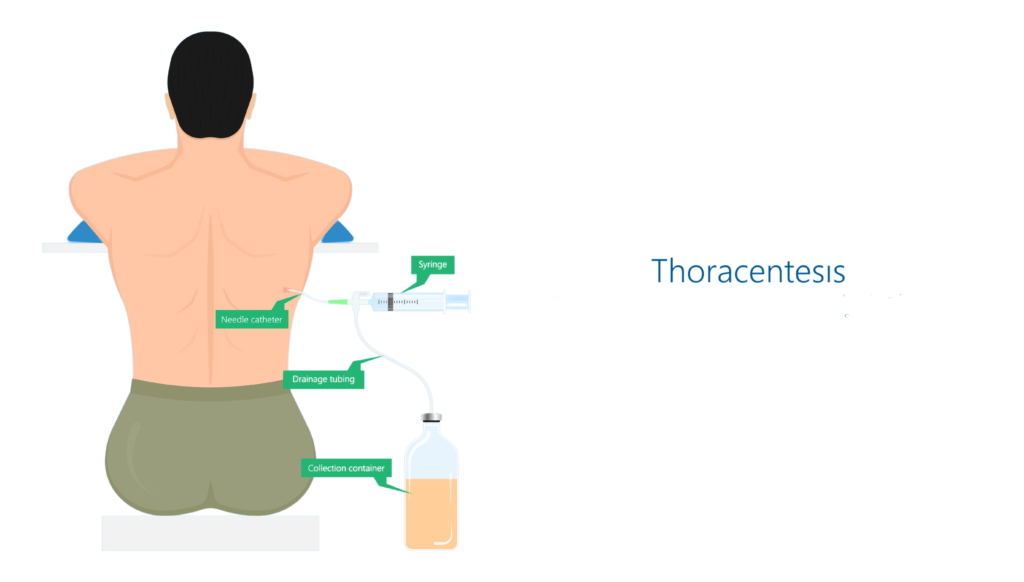
- Removes fluid from the thoracic cavity- lungs
- Sit at the edge of bed leaning over table w/feet supported
- Or lying in bed on unaffected side w/HOB elevated 45 degress
- Shave around needle insertion
- Empty bladder
- check allergy to shellfish/contrast
- NPO 6-8 hours
- Hold Metformin 48 hours prior to prevent lactic acidosis
- Educate patient that when dye is injected he or she may feel a fluttery/warm feeling or the need to cough
- Affected extremity must be kept straight 4-6 hours
- Keep flat or HOB < 30 degrees post procedure
- Assess lower extremity pulses prior to procedure to compare post procedure
- Post procedure: Good hydration to excrete dye
- Assess kidney function: urine output and BUN/Creat

- Empty bladder
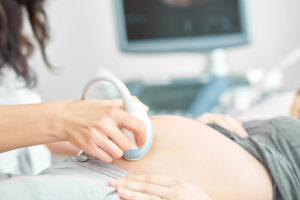 Keep a full bladder
Keep a full bladder
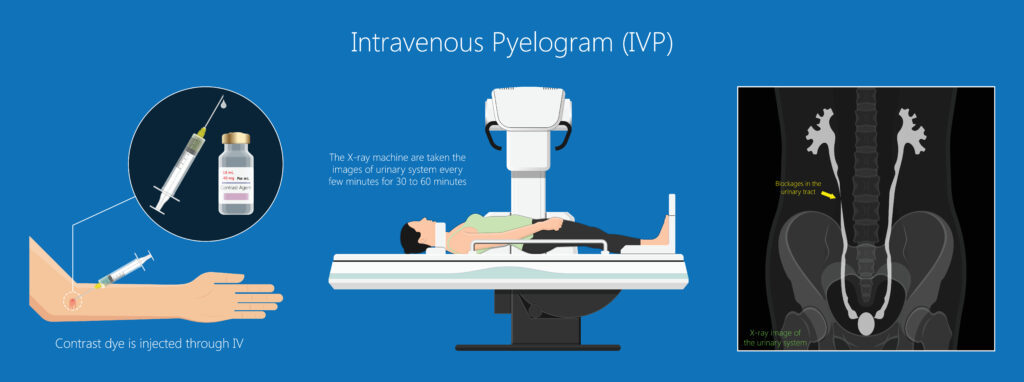
- X-ray of urinary tract to evaluate kidney function
- Use bowel prep the night before so kidneys/bladder can be seen.
- Stop metformin 48 hours prior to prevent lactic acidosis
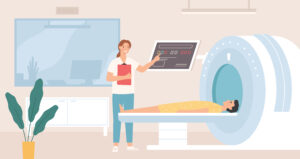
- No dye or wires used
- Takes 90 minutes to complete
- Must take all METAL off
- Assess for pacemaker, it may be deactivated. No MRI is the client has a pacemaker
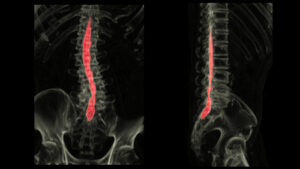
- Contrast medium injected into lumbar area
- Allows x-ray to visualize the vertebral canal
- Identifies tumors, cysts, herniated discs
- Post procedure: fluids to excrete dye
- Lie flat
- Monitor vital signs and neurological status

- Withhold bronchodilators prior to procedure
- No smoking 4 hours prior to procedure
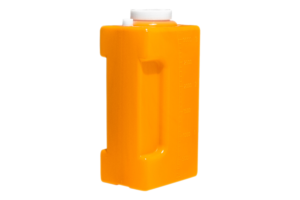
- Avoid high protein diet before test
- Avoid strenuous exercise (increases creatinine excretion)
- Drink as much fluid as you want before and during the test
- Save all urine x 24 hours and keep in fridge/ice
- Discard the first morning urine and then begin collecting urine.
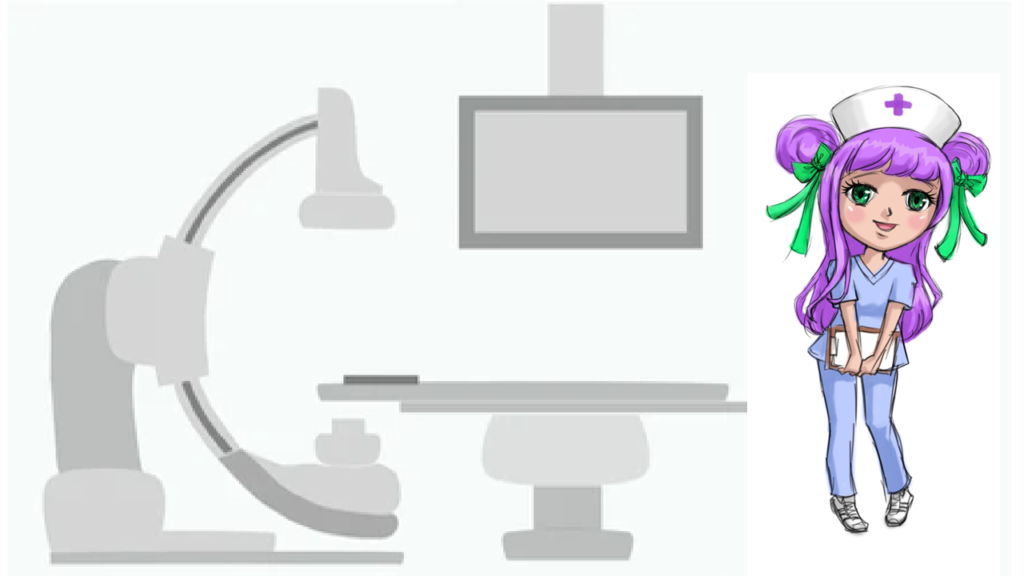
Let's Learn about Cardiac Catheterization
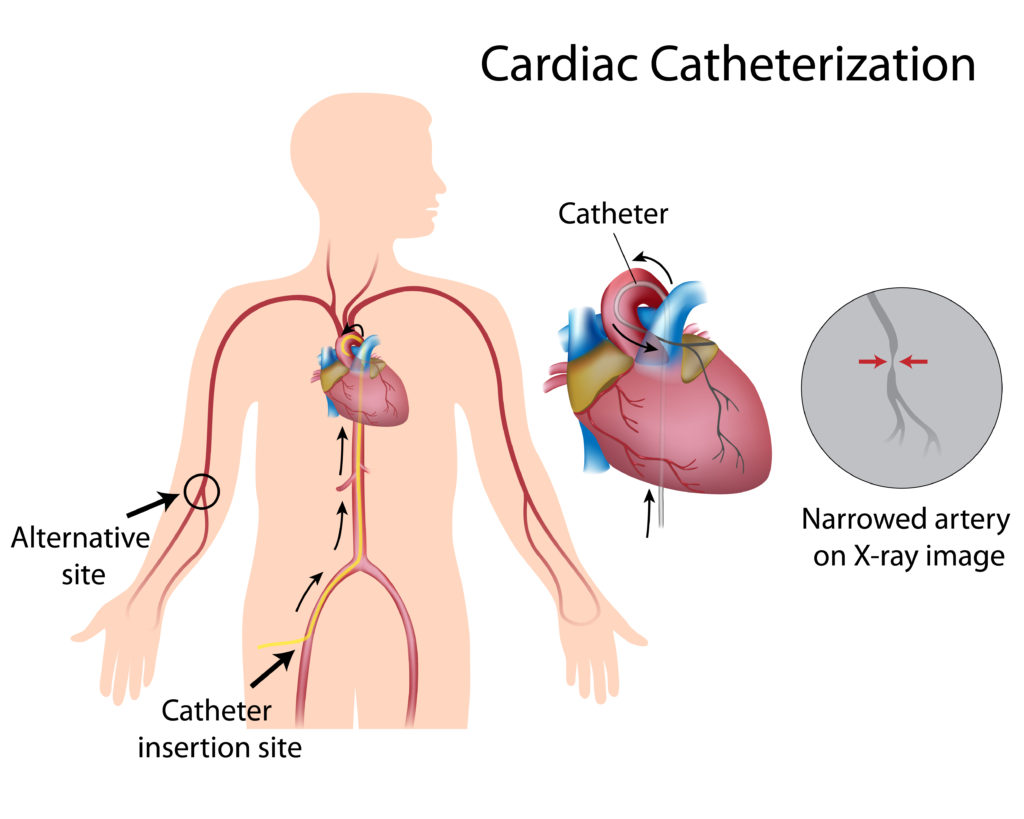
About the procedure
- Cardiac catheterization is a procedure in which contrast (dye) is injected into the arteries of the heart so they can be seen on X-ray.
- A catheter is inserted into an artery or vein in the groin (or arm). With the help of X-ray the catheter is advanced into the chambers of the heart.

- Coronary arteries can be opened with balloon angioplasty or with the placement of stents.

Pre-Procedure
- NPO for 6 hours
- Check allergies: dye, iodine, and contrast.
- Educate: client will feel warmth when dye inject. Report chest pain during procedure.
- Check Extremity pulses for baseline

Post-Procedure
- Bedrest with leg straight 6 hours
- Elevate HOB < 30 degrees
- Monitor peripheral pulses
- Monitor extremity for color, warmth, and sensation
- Check site for hematoma
- Assess for dysrhythmias
- Encourage fluids or IV fluids to excrete dye/protect kidneys.
- Monitor Kidney Function- urine output

NCLEX TIP
What needs immediate follow up!
- Decreased pulses, pale toes, numb toes of the affected extremety,
- Hematoma/bleeding at the puncture site.
- Low urine output. Dye affects the kidneys.
- Of course, abnormal vital signs.
Time limit: 0
Quiz Summary
0 of 1 Questions completed
Questions:
Information
You have already completed the quiz before. Hence you can not start it again.
Quiz is loading…
You must sign in or sign up to start the quiz.
You must first complete the following:
Results
Quiz complete. Results are being recorded.
Results
0 of 1 Questions answered correctly
Your time:
Time has elapsed
You have reached 0 of 0 point(s), (0)
Earned Point(s): 0 of 0, (0)
0 Essay(s) Pending (Possible Point(s): 0)
Categories
- Not categorized 0%
- 1
- Current
- Review
- Answered
- Correct
- Incorrect
-
Question 1 of 1
1. Question
The nurse is caring for a client who had a right coronary artery balloon angioplasty 3 hours ago. Which of the following requires immediate follow up? Select all that apply.
CorrectIncorrect
